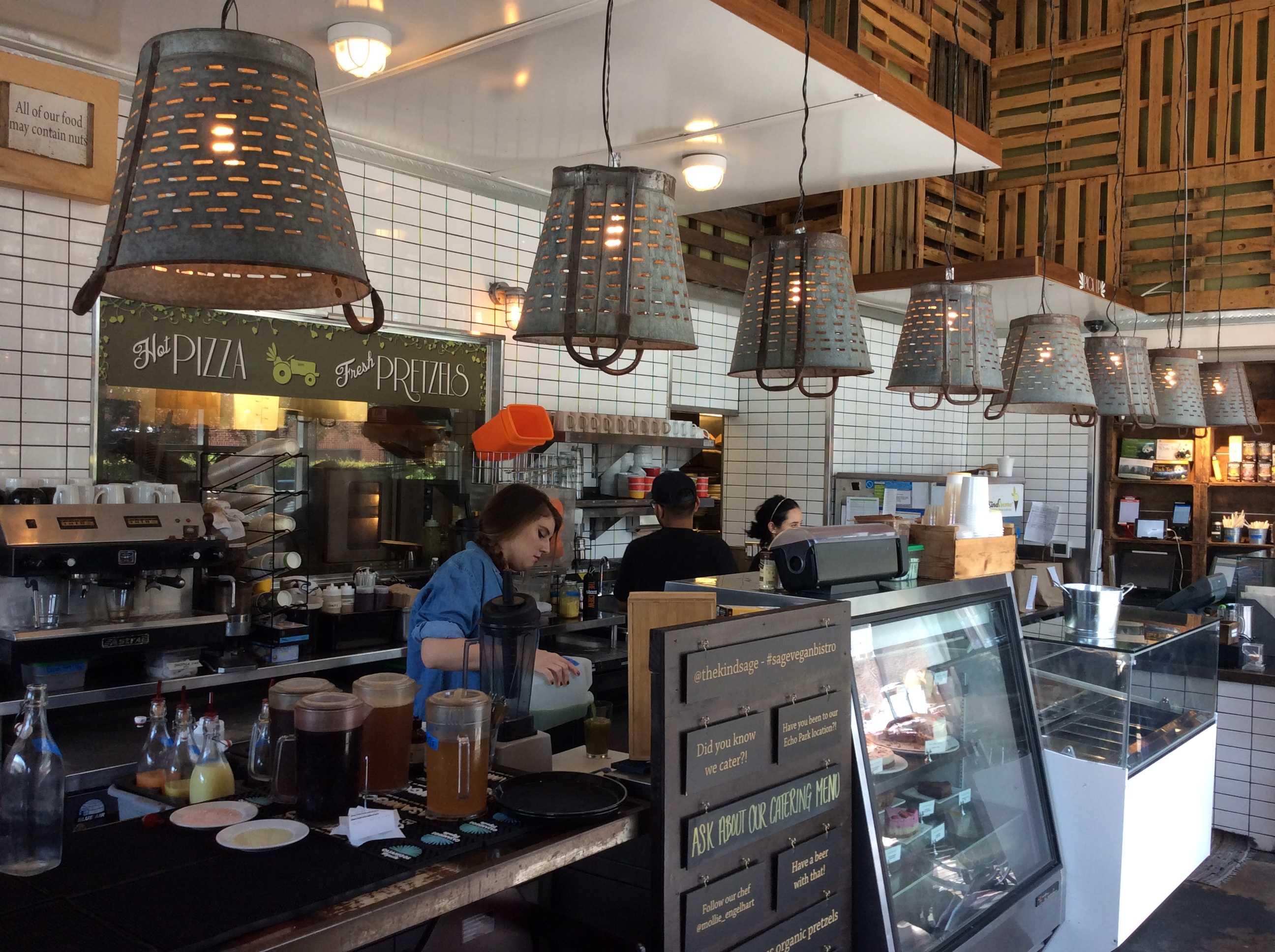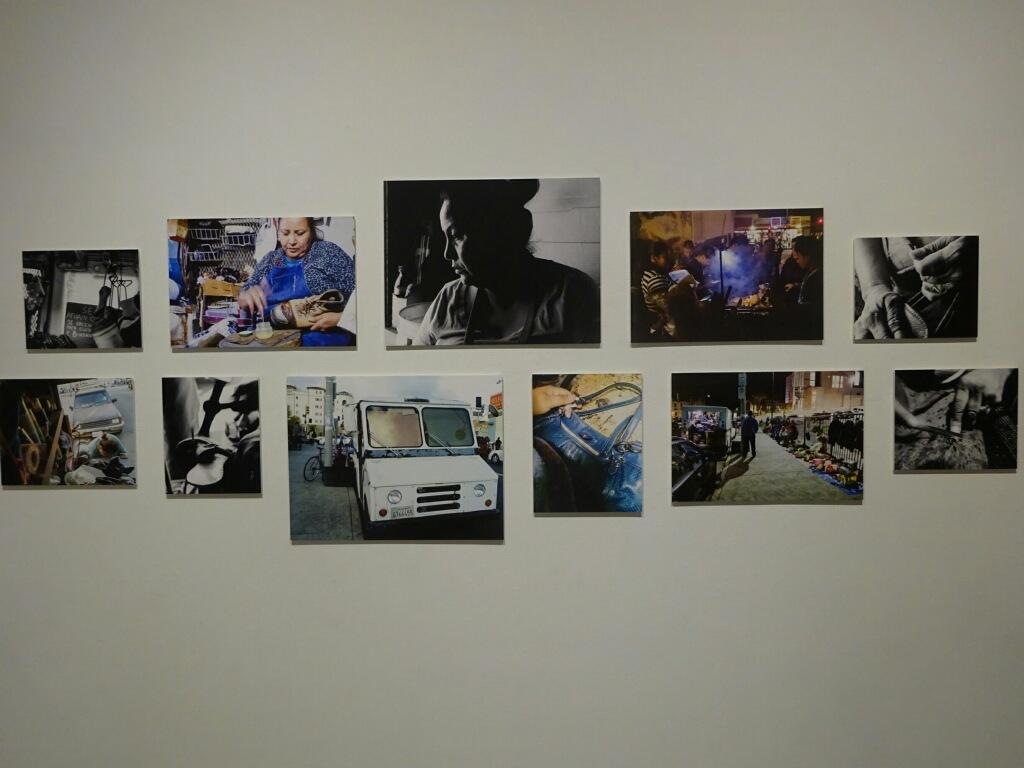As the price of gasoline soars to new heights, one can’t help but wonder if that ever-present phrase “energy independence” is an actual possibility or some fairy tale that politicians throw out in order to gain supporters.
Certain technologies, like the creation of biodiesel made from corn or soy, were at first hailed as cutting-edge solutions to our addiction to fossil fuels. Now they seem outdated and downright harmful.
Luckily, there are people out there willing to tackle the problem – just not necessarily in time to save our wallets any time soon. Some of these new discoveries, however, may be worth some amount of optimism.
Researchers from the University of Massachusetts-Amherst and the University of Wisconsin-Madison have discovered how to create “green gasoline” from plant cellulose, using sources like switchgrass and poplar trees.
The process of converting these plants into gas took just under two minutes, and the scientists and chemists who took part in the groundbreaking experiments feel that everyday cars and even jets will benefit from the new technology. The key is the use of plant cellulose from sustainable sources.
Switchgrass and poplar trees are more sustainable than corn or soy in that it takes very little energy to grow them or convert their components into fuels. Both corn and soy are notoriously difficult to convert to clean-fuel sources.
As large swaths of land in places like Brazil are cleared for the production of crops such as soy, the rainforest and other precious resources are being destroyed.
In the same way, lands in Southeast Asia are being cleared to make way for the production of palm oil, another source of fuel. These are hardly viable solutions to environmental degradation.
It has also come to light that corn ethanol may not be the clean-energy solution everyone hoped it would be. It takes so much energy just to produce the crop that any gains are totally negated by the time the ethanol reaches a gas tank.
The use of food sources as fuel also raises questions as millions of people the world over depend on these crops to feed themselves and their families. Raising crops to feed cars instead of people doesn’t make much sense.
Instead of growing crops to make fuel, researchers have turned to waste biomass which is naturally-occurring plants, trees, fungi, wood chips and other “plant carbohydrates”. These sources can be converted to something closely resembling traditional gasoline, but without the carbon emissions.
Burning biomass as fuel doesn’t create carbon dioxide as traditional fossil fuels do. Also, little to no heat is required to turn biomass into gasoline. Some heat may result from burning these new biofuels, but scientists feel that the heat could be trapped and used as a source of electricity, bringing the carbon footprint to zero.
As an added bonus, most cars won’t require the engine to be converted in order to use this type of biofuel. After biomass is converted into a fuel, the compounds formed so closely resemble gas that cars might not have to change that much in order to support the new fuels.
This new technology is not available yet, however. Scientists feel that another five to ten years of research is still needed to make it a truly viable solution. Other sources for the new biofuels are still under investigation.
Meanwhile, going to the gas station to fill up the tank yet again is a painful experience, and one that leaves almost everyone I know with a bitter feeling and a desire to buy a bicycle or a bus pass or something to alleviate the frustrations of spending a gazillion dollars at the pump.





